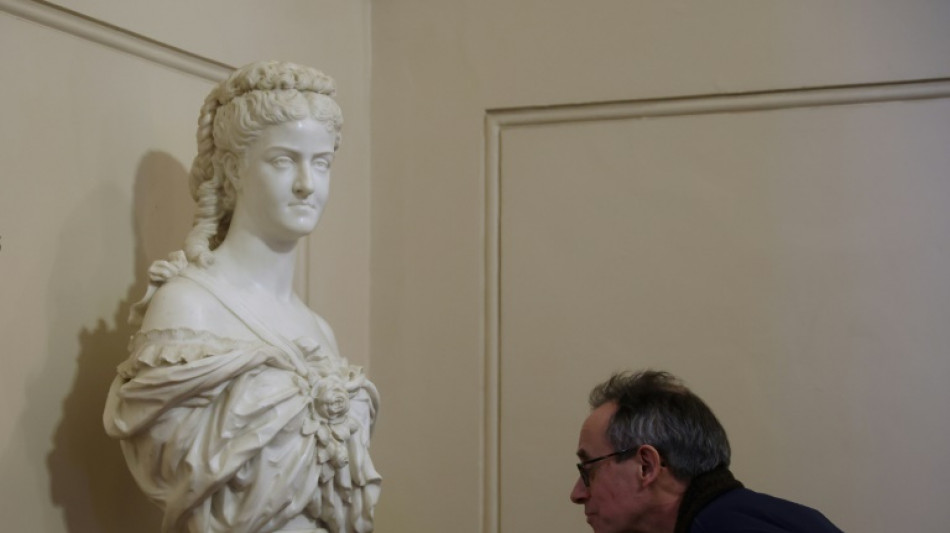
BCC
3.4200

From the opera star who went on stage smothered in diamonds to a young widow left penniless with a small child in 19th-century Britain, a new wave of "herstories" are spotlighting female voices ignored or even erased by history.
The UK's Royal Opera House and the National Trust heritage charity are among those delving back into the past to tell the story of previously forgotten lives.
At London's Covent Garden opera venue, visitors can now discover the theatre's own "herstory" on a tour celebrating the many forgotten women who helped shape it.
Nineteenth-century composer Ethel Smyth had to threaten to run away from home to persuade her family to allow her to study music.
After winning them over and attending the Leipzig Conservatory in Germany, she had a huge success with her "Mass in D".
"People absolutely loved it but she had to fight tooth and nail both against critics and also some of the musicians themselves who refused to work with a woman," said Royal Opera House tour guide Amandine Riche.
Despite the acclaim, Smyth found herself accused of being "out of her depth" if she pursued typically masculine pieces such as "Mass in D", or "light and frivolous" if she restricted herself to chamber music, she said.
- Forgotten star -
Composer Giuseppe Verdi paid tribute to another long-forgotten female performer, Adelina Patti, as the greatest singer he had ever heard.
A huge international star of her day, she charged the present day equivalent of $100,000 a performance and once arrived wearing a dress covered in 3,700 diamonds that was worth $23 million.
Officers from the nearby now-closed Bow Street police station had to be dressed up as extras and go on stage to keep an eye on it during the show.
But it is not just the lives of rich and famous women who have been sidelined by a male-led narrative.
For this year's International Women's Day on Wednesday, Britain's National Trust is telling the story of some of the ordinary working women whose lives have slipped into obscurity.
The Trust, Europe's biggest conservation body, has drawn on research into women who lived in a cluster of 19th-century homes, now preserved and restored, in the heart of Birmingham, central England.
The houses are the only ones to survive the mass redevelopment of the city centre in the 1960s.
"It's an opportunity to shine a light on people we don't hear about very often but these were real people who lived in these houses which is fascinating," said National Trust spokeswoman Sophie Flyn.
Visitors can walk through the cobblestone courtyard where the women would have hung out their washing and peer into the rooms where they lived and slept.
- Real lives -
"You get a real sense of what their lives might have been like," said Flyn.
One of the women who lived there was widow Eliza Wheeler, who ran a market stall, and her daughter Sarah.
"Being widowed and left with children in the Victorian era... that would have been challenging but somehow she managed," Flyn added.
Maria Beadell, founder of London's Herstorical Tours, said there was a growing appetite for history from a female perspective.
Her first historical re-enactment tour, launched in 2021, focused on London's witches and was so popular that last year she added a second telling the story of the capital's 18th-century sex workers.
Beadell said that unlike monarchs or other noble females, ordinary London women's stories had largely been "erased from history".
Her tours tell the stories of Marjery Jourdemayne, a midwife accused of witchcraft who was burned at the stake in 1441, and Sally Salisbury, an 18th-century courtesan jailed for stabbing one of her lovers.
"It's just the way the world's been for over 2,000 years, the male voice has been dominant... but these were actual people who lived," she said.
H.Roth--NZN